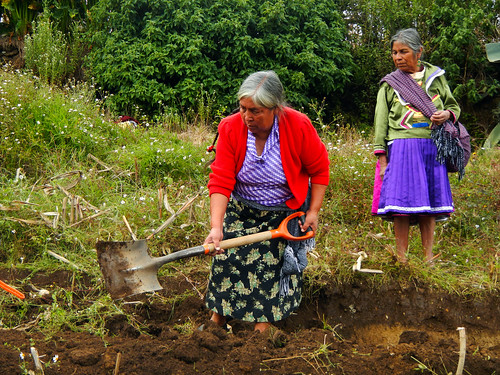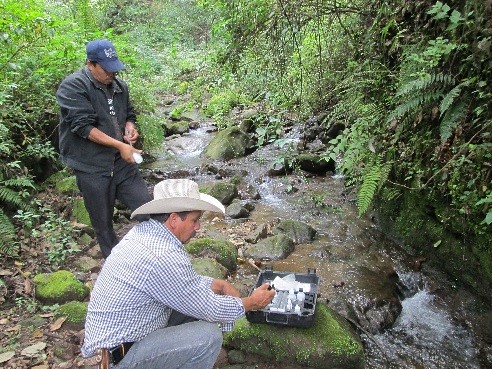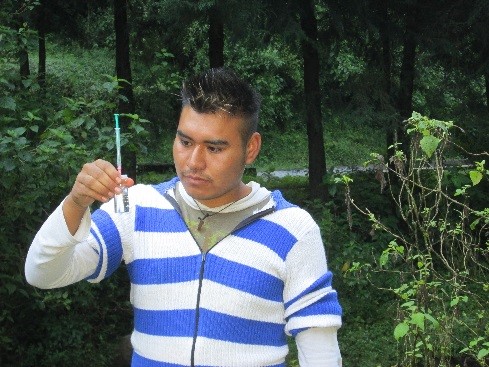
Alternare instructors demonstrating proactive land management practices. Photo credit: Alternare
March 21, 2016 marks the United Nations’ fourth annual International Day of Forests, a day to celebrate the important and diverse contributions of the world’s forests. As it has from the start, theU.S. Forest Service commemorates the day and works with international partners throughout the year to protect the health of forest ecosystems worldwide.
For over 50 years, the U.S. Forest Service (USFS) has partnered with Mexico and Canada through the North American Forest Commission, one of six regional forestry commissions under the UN Food and Agriculture Organization.
To the south, USFS works closely with the National Forestry Commission of Mexico, CONAFOR, the National Protected Area Commission, CONANP, and the Fondo Mexicano para la Conservación de la Naturaleza, FMCN, on a range of issues covering sustainable forest management, fire management, forest genetics, climate change mitigation, urban programs, and insects, diseases and invasive plants. In Central Mexico, the connection between forests, wildlife habitat, and water is clear. The forested areas of the Monarch Butterfly Biosphere Reserve provide shelter for overwintering monarchs and capture rainwater that ultimately flows into two of Mexico’s largest river basins. Most importantly, the forest provides water to local communities.
However, the quality of the water that originates in the forested hills within the reserve was poor and led to human illnesses. As a result of this public health issue, Alternare, AC, a local nongovernmental organization and partner of the USFS, launched a water monitoring project in 2009 through funding from the Fundación Gonzalo Río Arronte and expertise from the Universidad Nacional Autónoma de México. The partnership empowered communities to pinpoint sources of contamination and develop local solutions.

Measuring physical characteristics and chemical parameters of water in Agua de Benita, Nicolas Romero, Michoacan, Mexico. Photo credit: Alternare
“There was always a risk that family members, especially children, could get sick from drinking contaminated water. We were searching for ways to work with communities to diminish this risk,” said Guadalupe del Río, President of Alternare.
Alternare trained campesinos, or local farmers, to conduct samplings, analysis and evaluation of water quality. Two main causes of contamination were detected: livestock wandering into streams and outhouses placed near water sources.
To rectify these problems, livestock were penned well away from water sources and dry toilets were constructed in homes and schools. Local teachers were included in Alternare’s outreach to educate students. Families were taught how water can be contaminated through the subsoil, even if springs and streams appear to be at a safe distance.
In 2014, in partnership with the U.S. Forest Service and with funding from the U.S. Agency for International Development, additional monitors were trained in five communities. To date, over 250 dry toilets have been built and numerous cisterns constructed to collect rainwater for times of drought. This year, three additional communities will be added to extend the benefits of this partnership to more than 7,500 families.

Program participant measuring levels of dissolved oxygen in the water in the Francisco Serrato Community, Michoacan, Mexico. Photo credit: Alternare
No comments:
Post a Comment
Note: Only a member of this blog may post a comment.